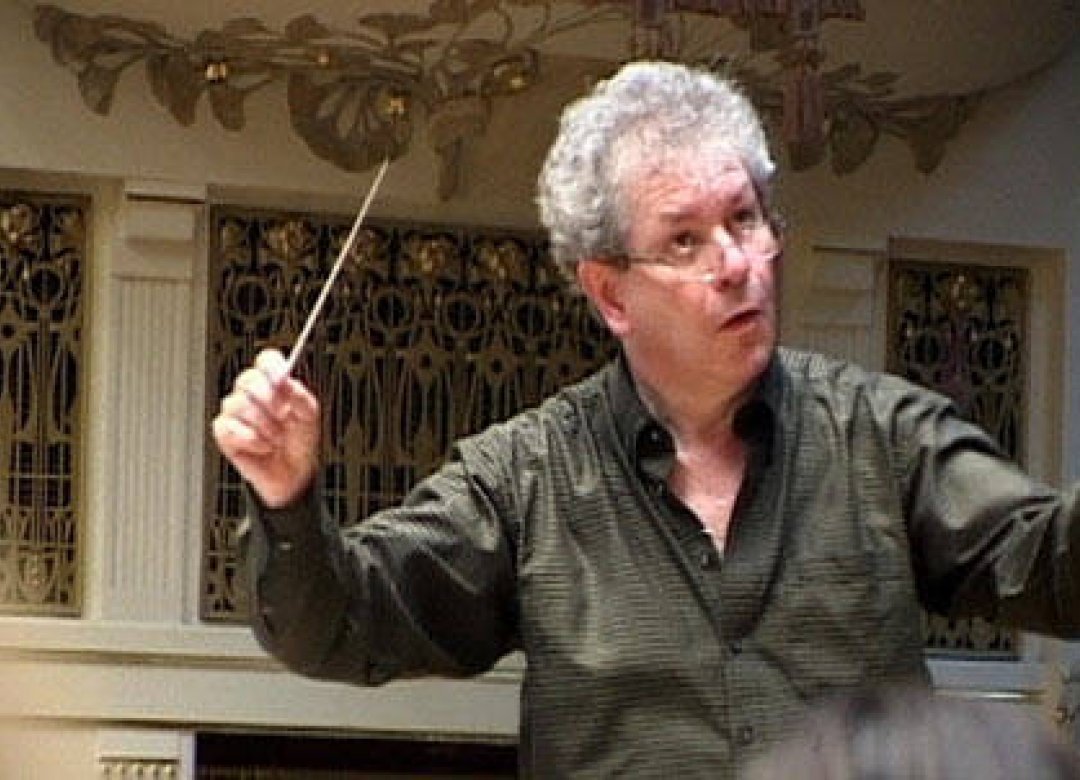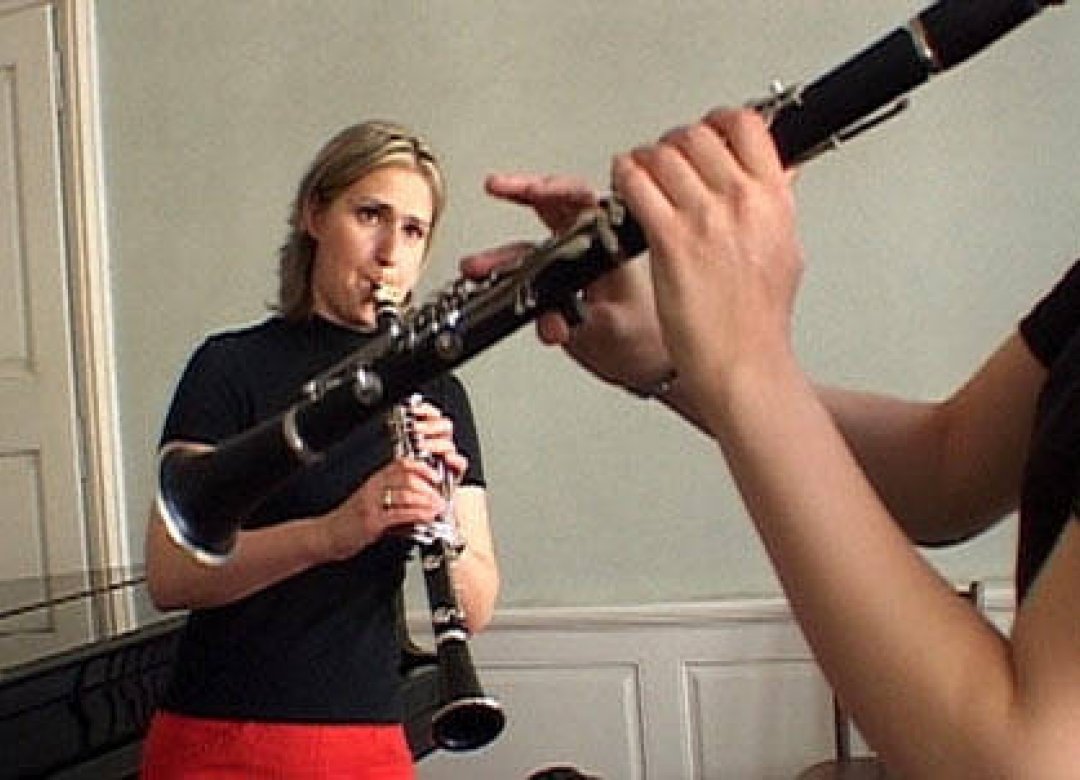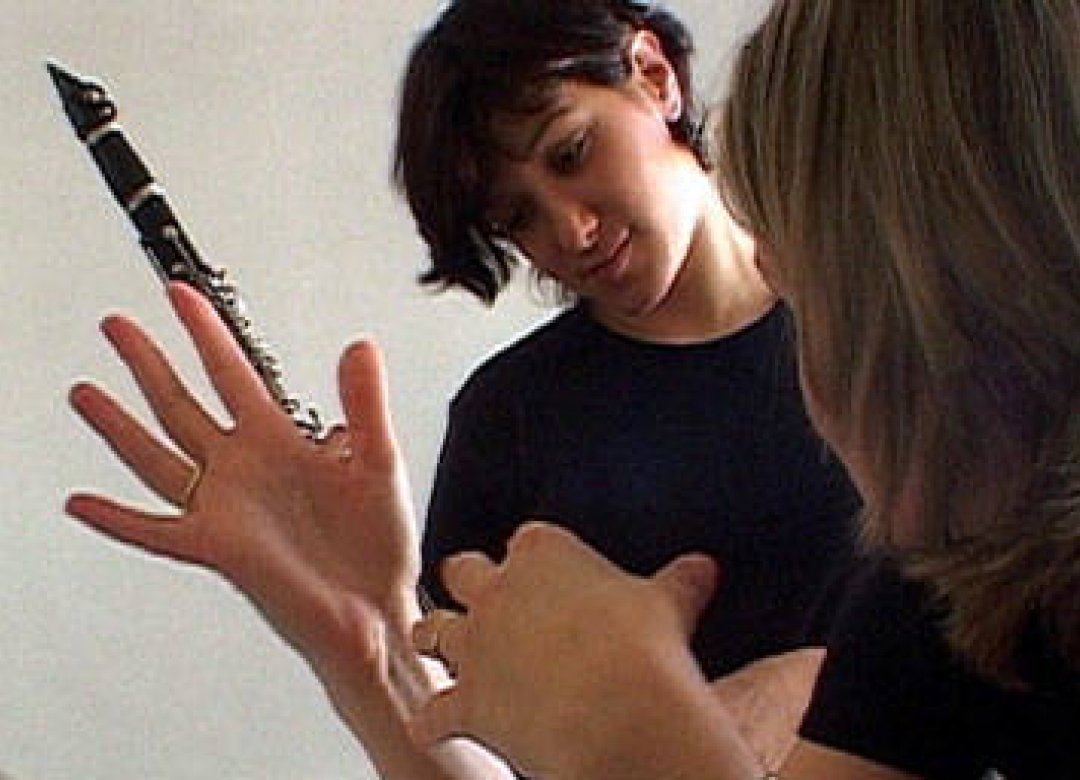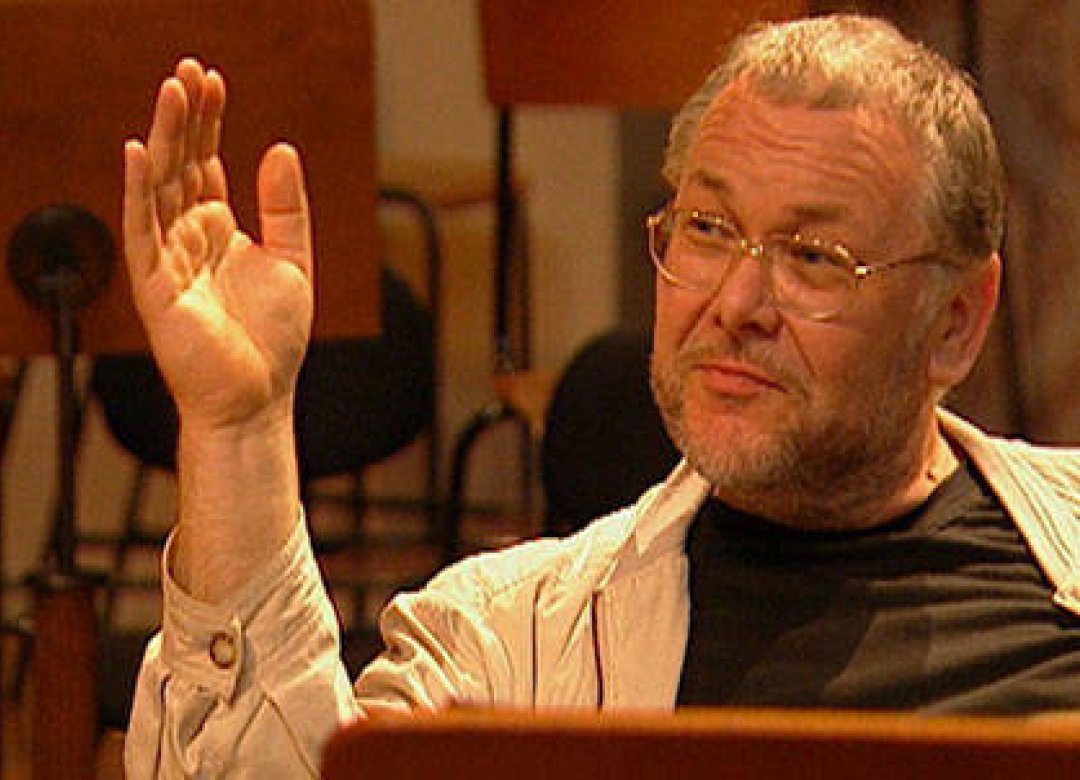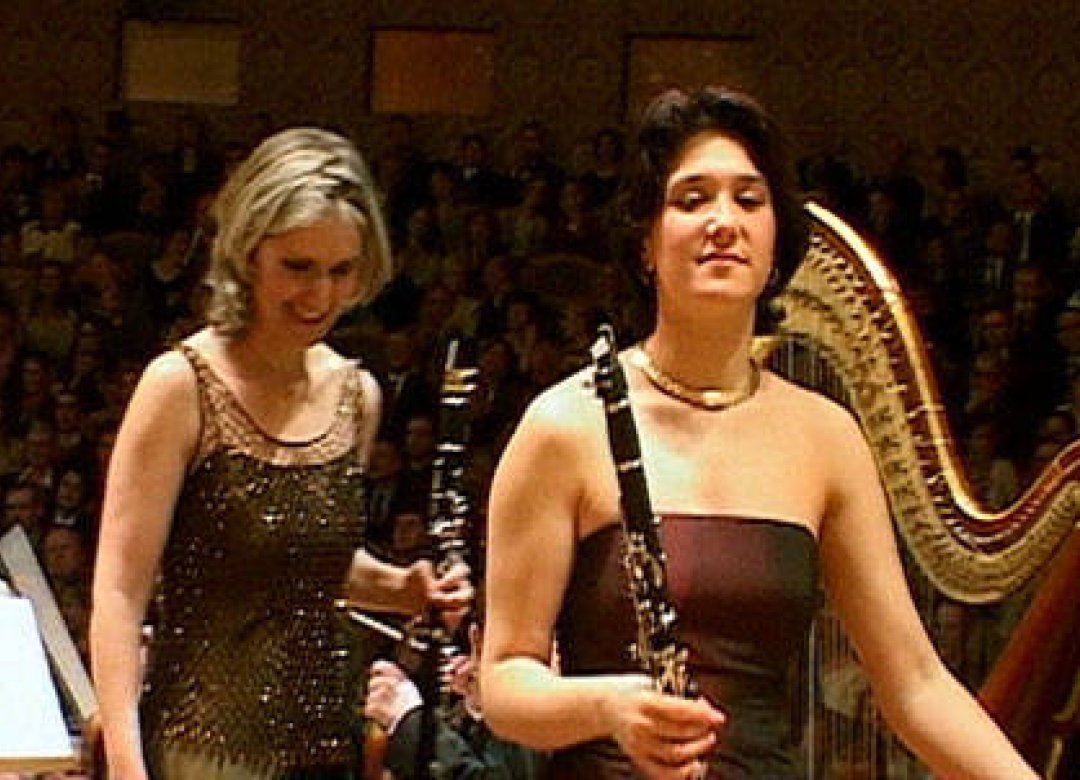Synopsis
Two clarinet players, one Czech and one Israeli, first sing to one another over the phone and then send each other emails with photographs of their concert gowns. Several days prior to their performance, they meet and discover that each had been rehearsing a different version of the composition. Following this new musical interplay is one of the plot lines in this documentary film, which tries to capture the backstage of the Prague Spring music festival, an important festival institution. The director does not show the individual performances but represents them, offers experiences of specific situations, and images of the creative work. The film is among the work by Koutecký's that is driven by an admiration for music and architecture, permanent and indestructible forms of art. The fingers of the clarinet players in an erotic musical confrontation. Virtuosity hides behind the energy of the rehearsals, captured in the film amidst the festival's preparations. Smaller events thus combine to form a model of the music festival's polysemous performance space, which the camera, in the present and in dialogue, co-creates as a cultural, political, and symbolic act in one. Institution is a hierarchy, accompanied by the attributes of control and subordination. All the musicians identify with this. They are united by their passion for music, and yet the invisible tensions among them become the plotline of what takes place. Documenting an institution means choosing and selecting, and Koutecký presents in the film those moments where the work is emerging, the feelings and conduct related to these moments, and the entire drama of the rehearsals, in which the sphere of action is transmitted from the psyche of the musicians to the musical tones. The director's comments on the comical effects that the battle over music also produces are made with tact and restraint. What he is attempting is to capture the creative process, and he does not prevail on the viewer to emotionally experience the music presented in the film. On the contrary, using situational images, hidden behind the concerts, he reveals the individuality of the musicians who contribute to the festival's universal value.
Gallery

